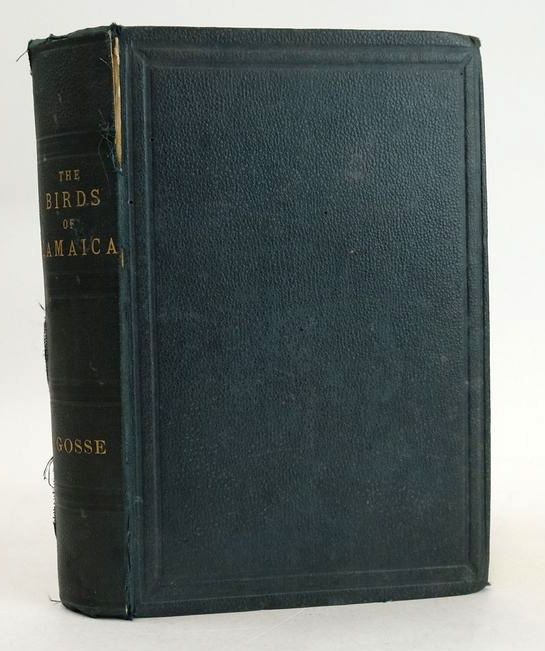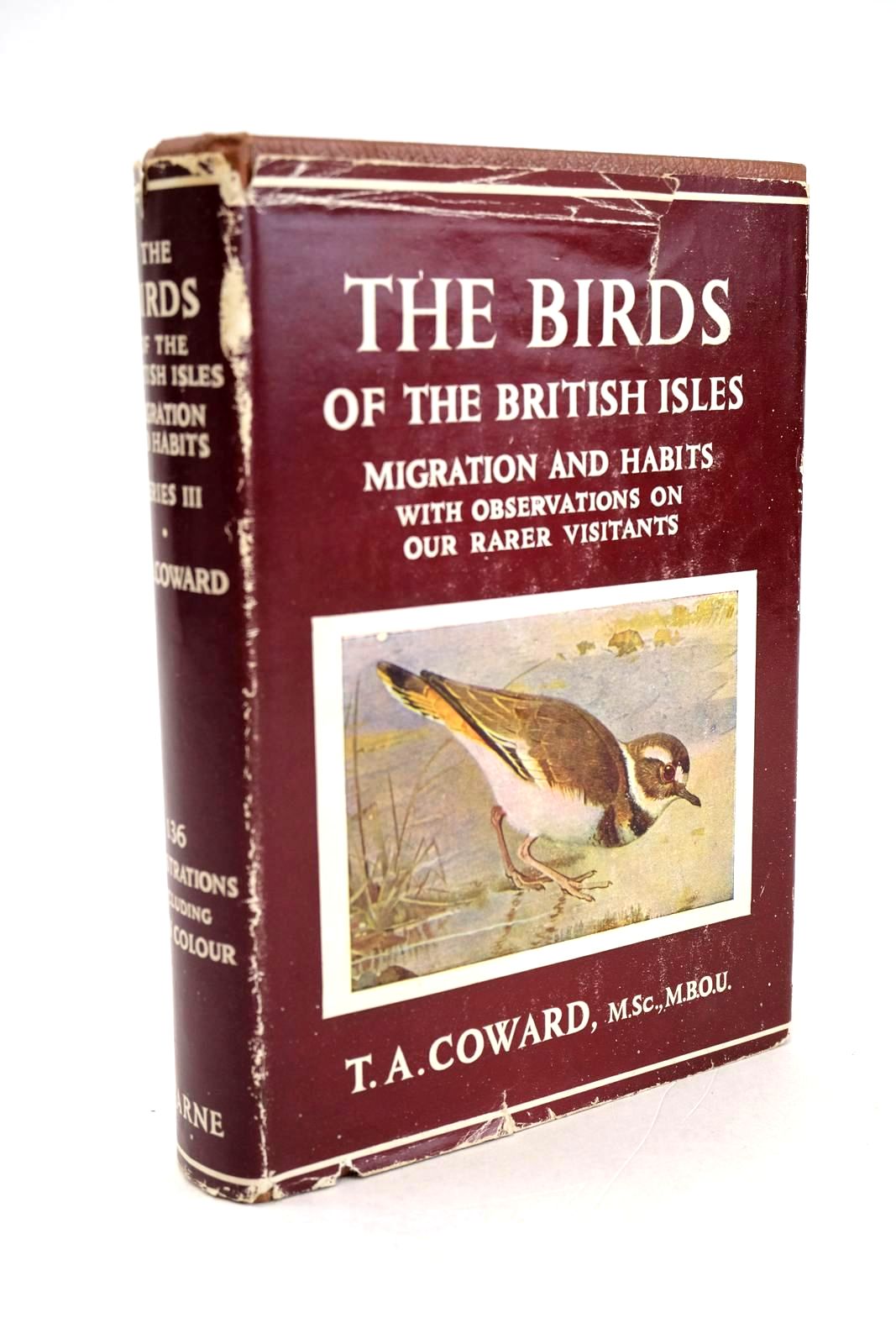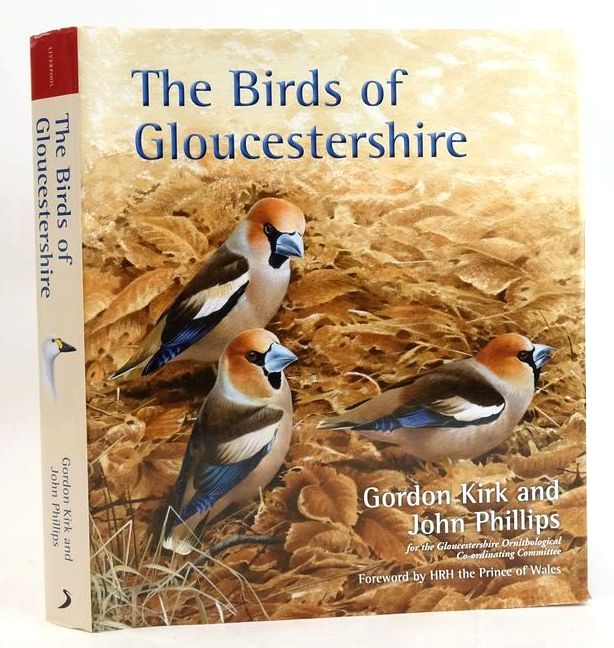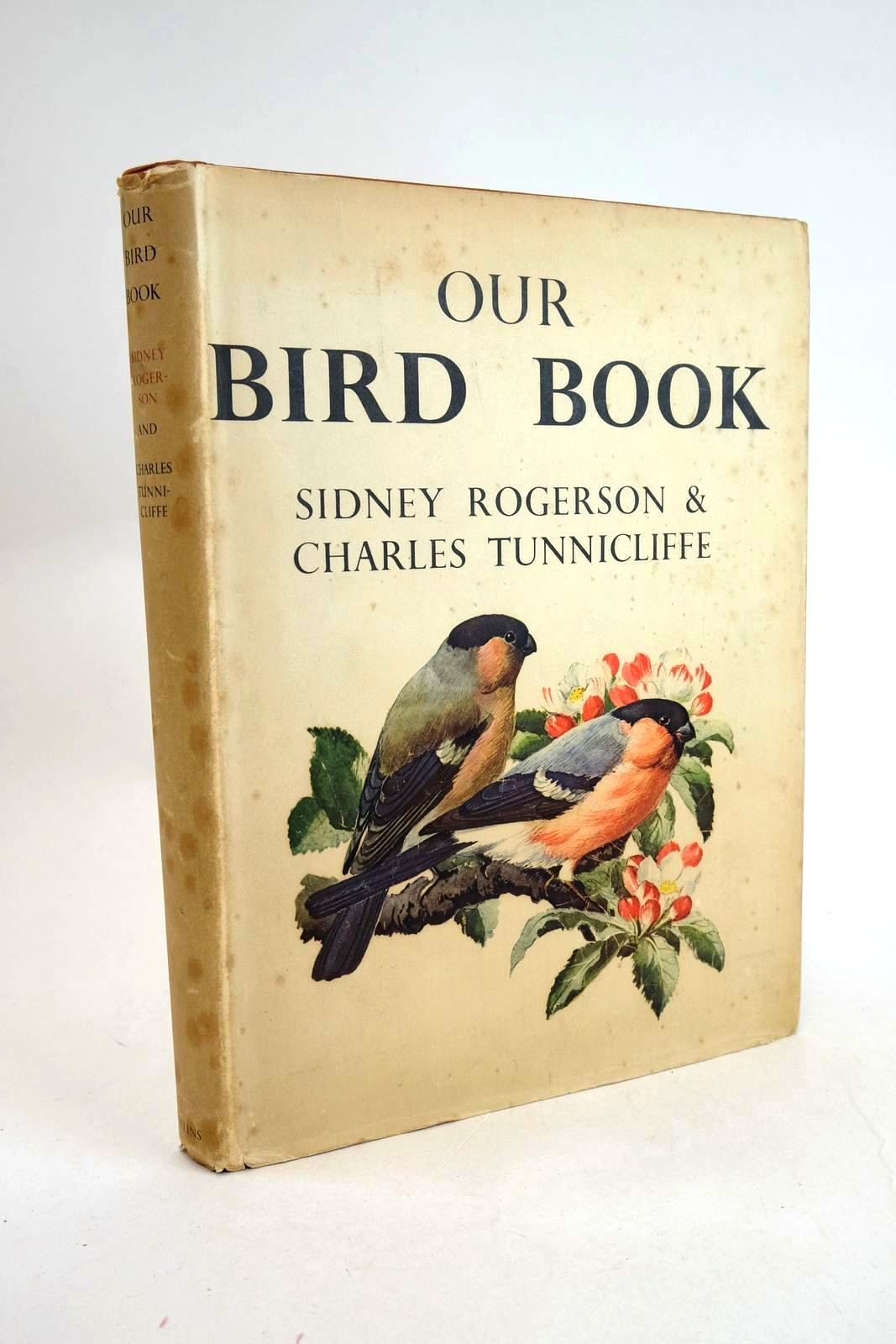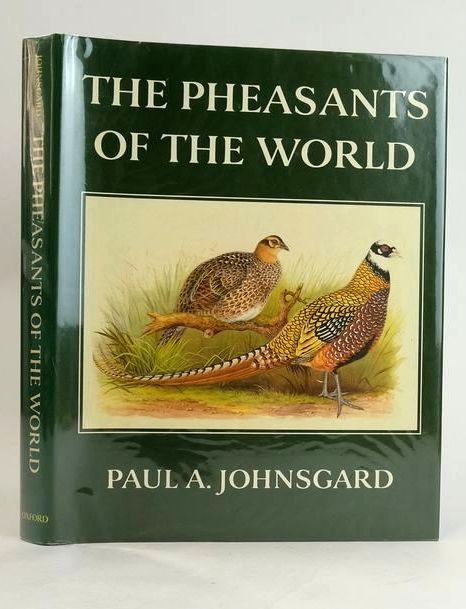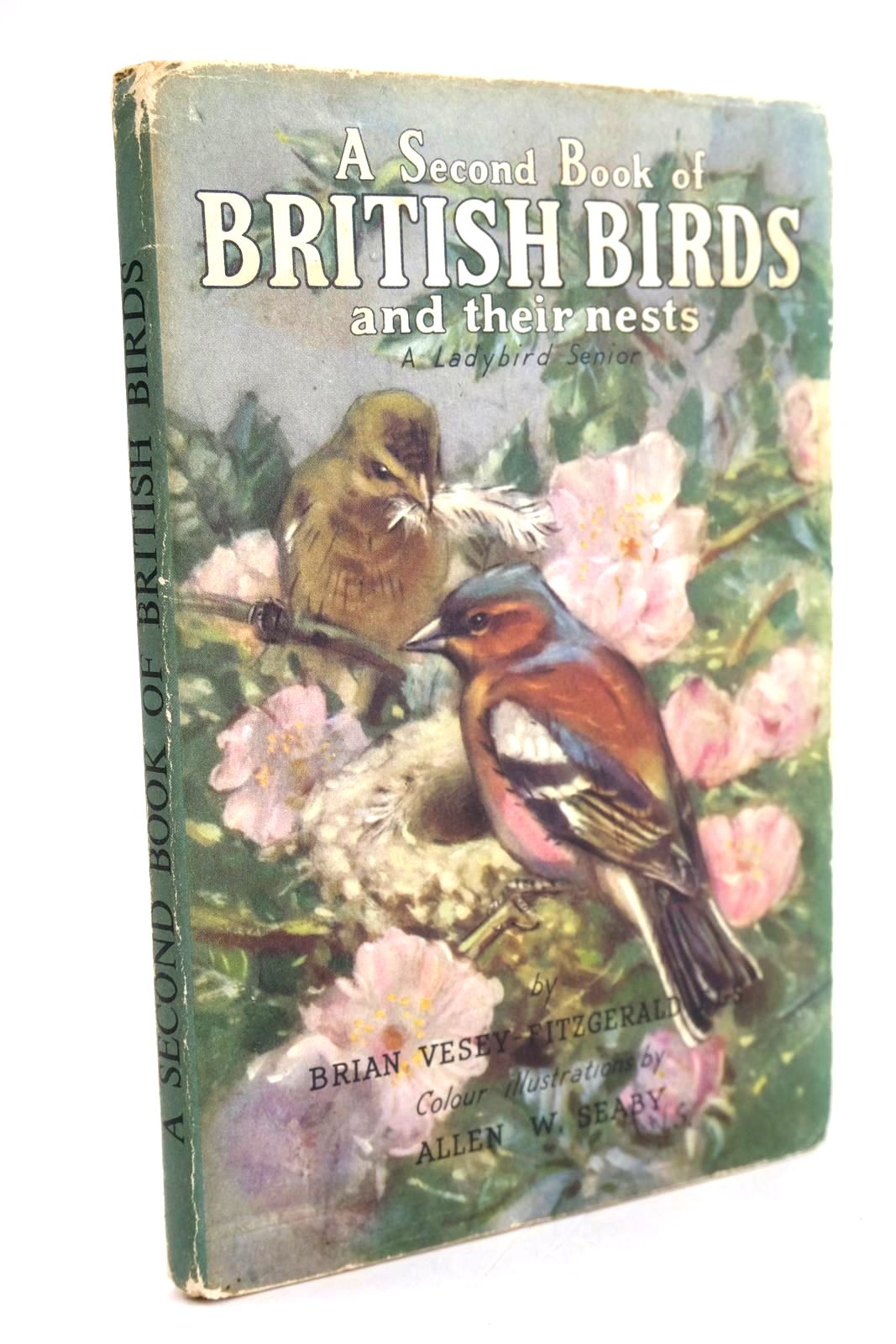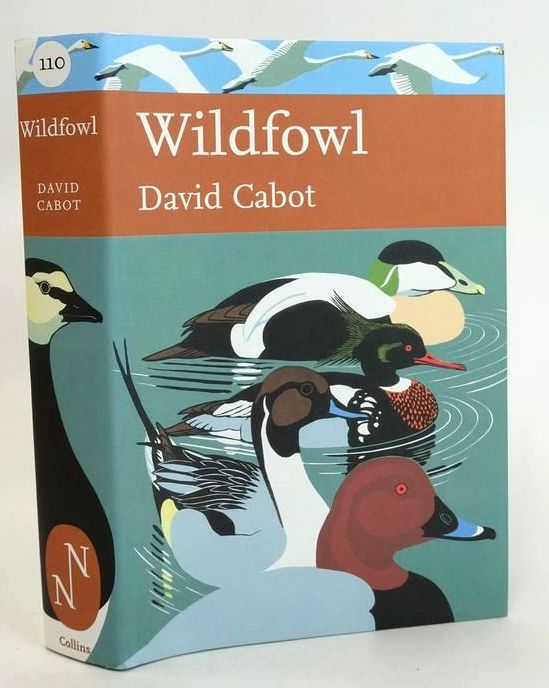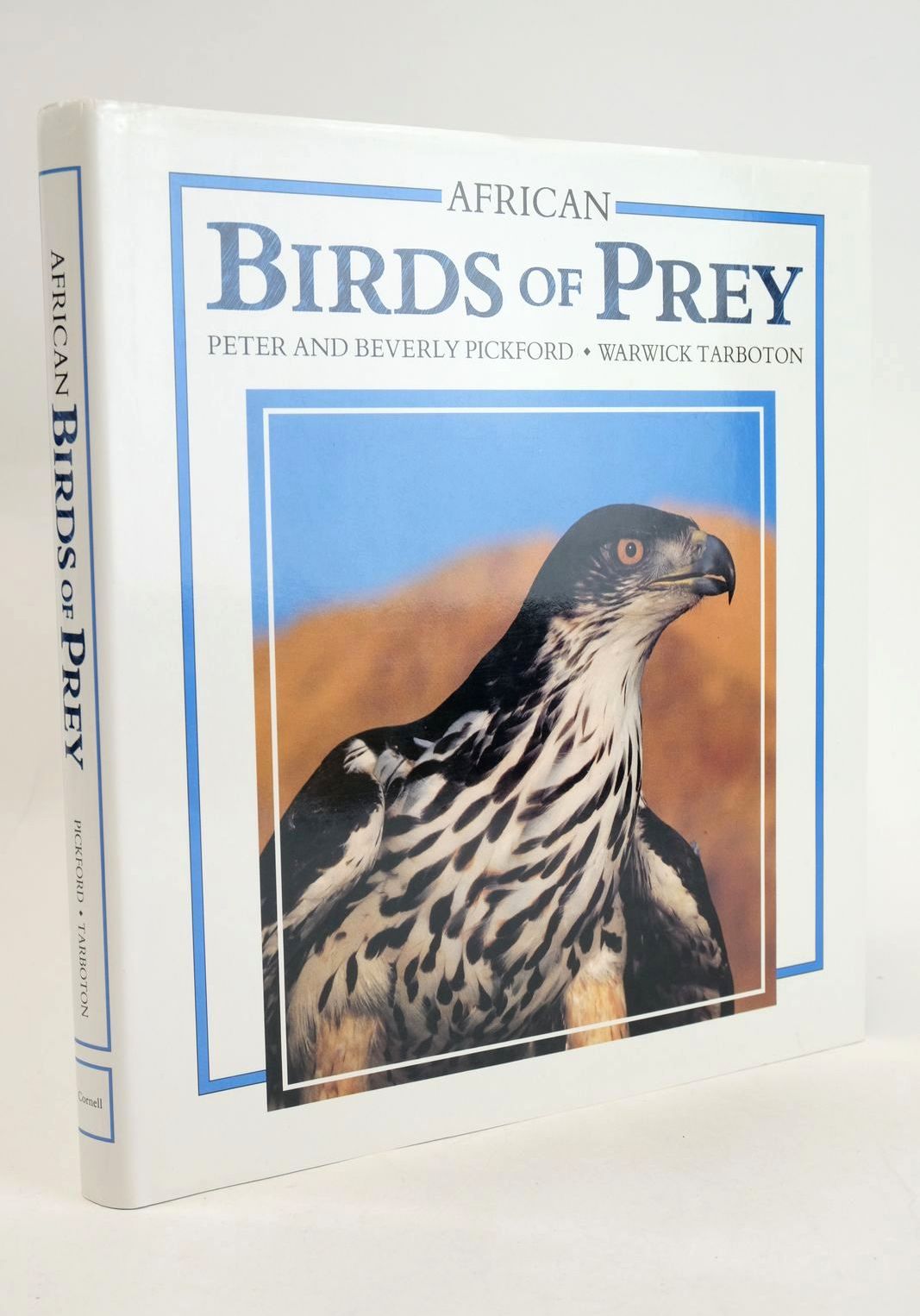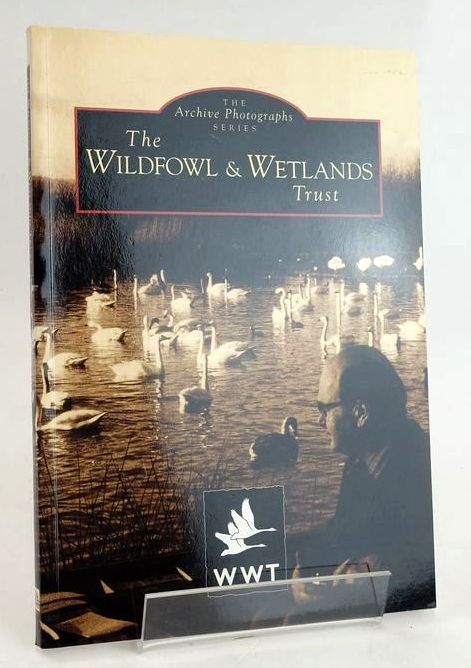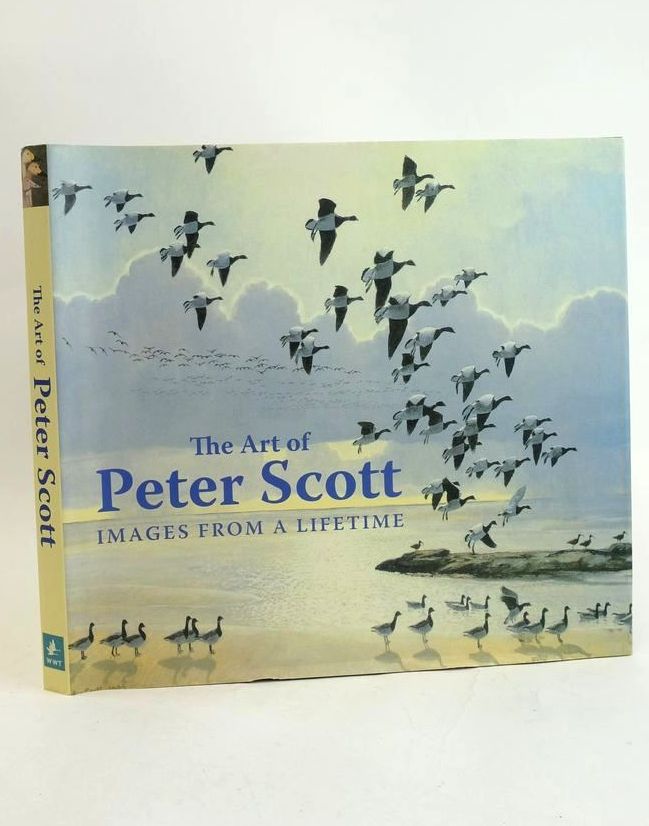Bird Watching in The Algarve
A reminder for the geographically challenged, the Algarve is in Portugal and forms the extreme South West tip of Europe. Its position, climate and geology make it a superb area for the birdwatcher and it's important to state up front that Chris and I are great birdwatchers but poor bird identifiers and often rely on our “oracle”, a friend back in the UK for positive identifications so any mistakes in this article... we would love to be educated!
There are four main habitats in the Algarve:
-
-the salt marshes
-
-the inland orchards and orange groves
-
-areas of maquis type scrub
-
-the coast itself
However, from the end of September to early November, it's difficult to say whether there are more “birders” than birds in this area. A veritable plague or should that be flock of birders descend to witness the stunning North to South migration of hundreds of birds of prey and tens of thousands of passerines as they head out over Cape St. Vincent. Sometimes we felt like putting up a sign to warn the birds – don't stop here!!!
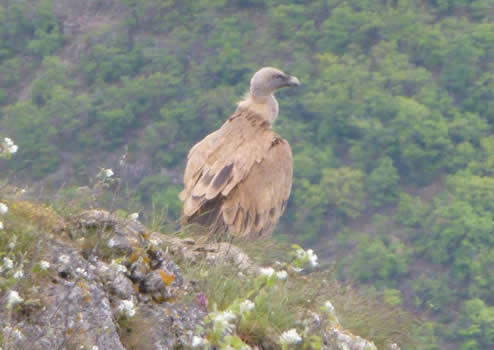
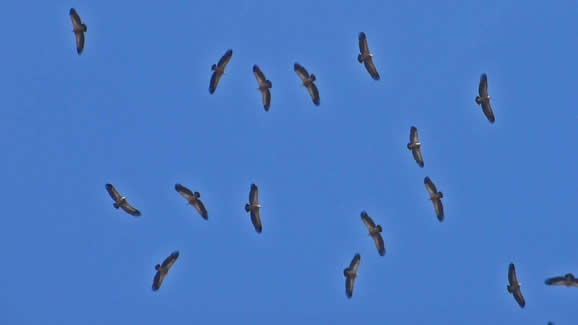
We had always assumed that the migrating birds all head straight for Africa but no, it seems the “Little Brown Jobs” (LBJs), the hard to identify warblers and their brethren do indeed head straight for Africa but the birds of prey come down to the Cape and then head east to cross at Gibraltar to join all their mates with better SatNavs who went straight there in the first place! It is a truly spectacular sight. One day we were sitting at a café and suddenly, immediately overhead and low down, seventy Griffon Vultures appeared, circling lazily in the sky (above). We watched them for about 15 minutes - it was a real privilege to see such magnificent birds so close up.
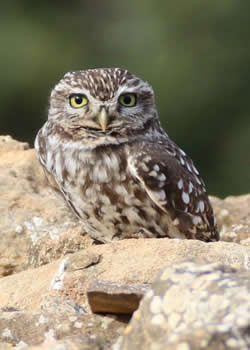
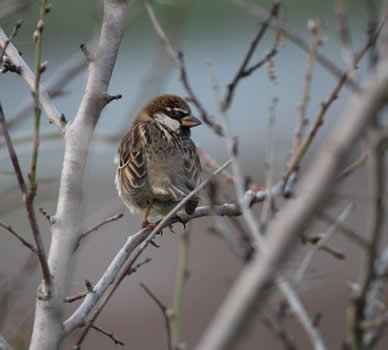
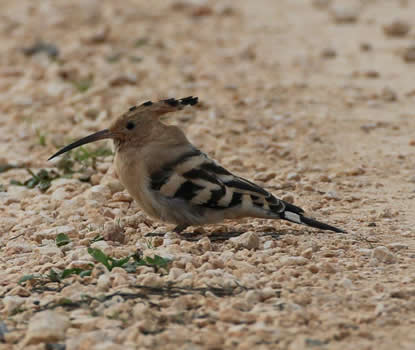
Perhaps of more interest to us are not the exotica which draw the twitchers, but the chance to see, when just outwalking or cycling on a regular basis, large numbers of more ordinary birds which, although present in the UK, are scarcer. Just at the moment it seems every ruined building houses a Little Owl and we're now disappointed when we find a ruined farm which does not have its own Strigiforme resident!
I am trying to improve my photography, based on guidance from sons-in-law! Using Sparrows for practice (hardly challenging) I saw what I “knew” to be a Tree Sparrow with its lovely chestnut head (not grey as in the House Sparrow). But, on looking at the photos I realised I'd photographed a Spanish Sparrow (below)! (I know we're in Portugal but they're still called Spanish Sparrows). A sharper-eyed, more knowledgeable birder would of course have known that in the first place, but we all have to start somewhere!
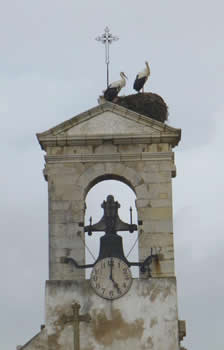
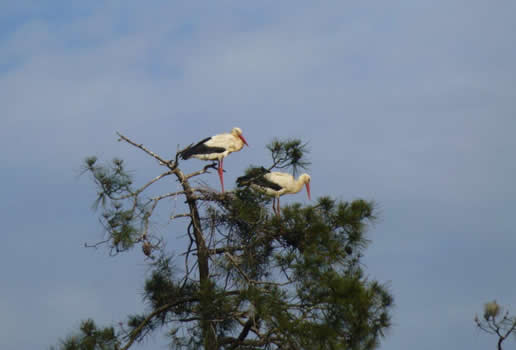
A peculiarity of the area, resulting from its position is that it's difficult to distinguish birds that are migrating, from resident breeding birds, and from those birds that just couldn't be bothered going all the way to Africa and thought the Algarve was a pretty good place to spend the winter before heading north again. For example, a few weeks ago we had a lot of White Storks arrive and they are now busily occupying and tidying their old nests (above).
We have quite a few Hoopoes (below) around at present and I've no idea whether they are migrating or resident or both but in some ways - who cares - they are delightful birds to watch.
The salt marshes have a wide variety of waders. Examples of birds that are seen in the UK but are perhaps not common are the Spoonbill and Avocet and a bird that's easily seen at Slimbridge, a UK nature reserve, but not elsewhere in the UK but is common here is the Flamingo.
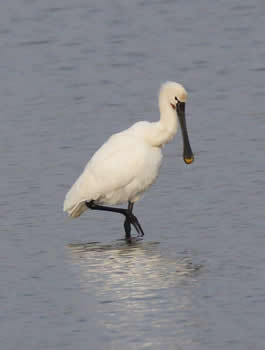
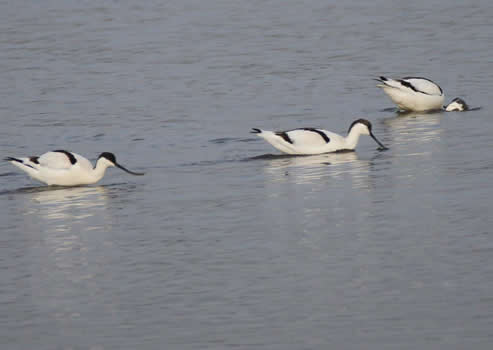
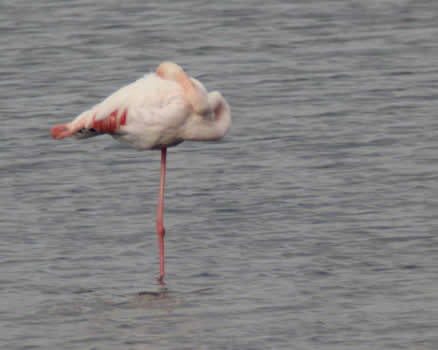
Above, from left: Spoonbill, Avocets, and Flamingo
Larks – I still can't tell a Crested lark (below left) from a Thekla lark and within the area six species of Lark can be seen.
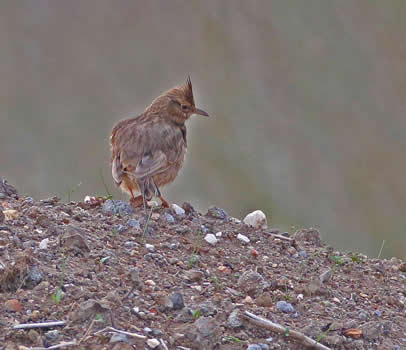
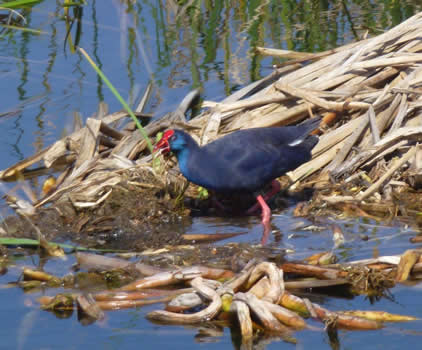
To finish with a couple of more unusual birds. The Purple Gallinule (even I can recognise that one!) and the exceptionally beautiful Black Winged Kite (below).
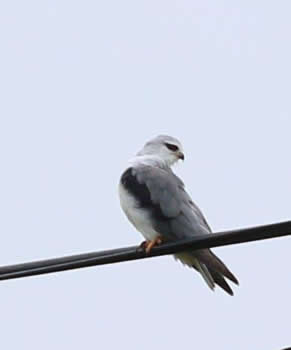
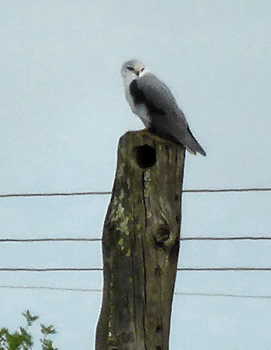
But even as I write this I have a Serin serenading me and this morning just outside the door was a Hoopoe busily poking the ground! Last but definitely not least, not rare but Very Cutesy – the Sardinian Warbler and the Zitting Cisticola – yes that really is its name – otherwise known as the Fan-tailed Warbler.
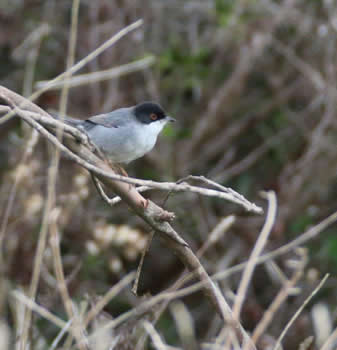
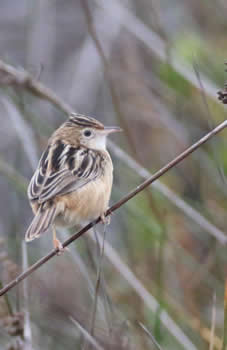
Above: Siberian Warbler (left) and Zitting Cisticola.
Contributed by Cliff
(Published on 15th Sep 2014 )


